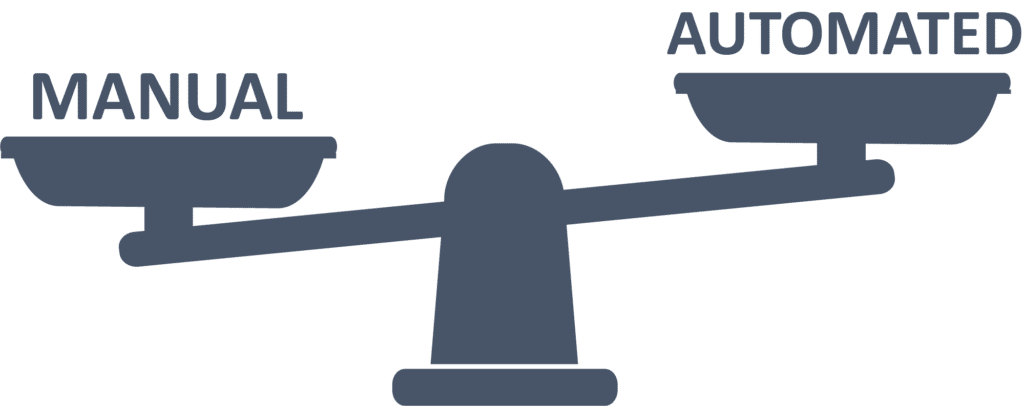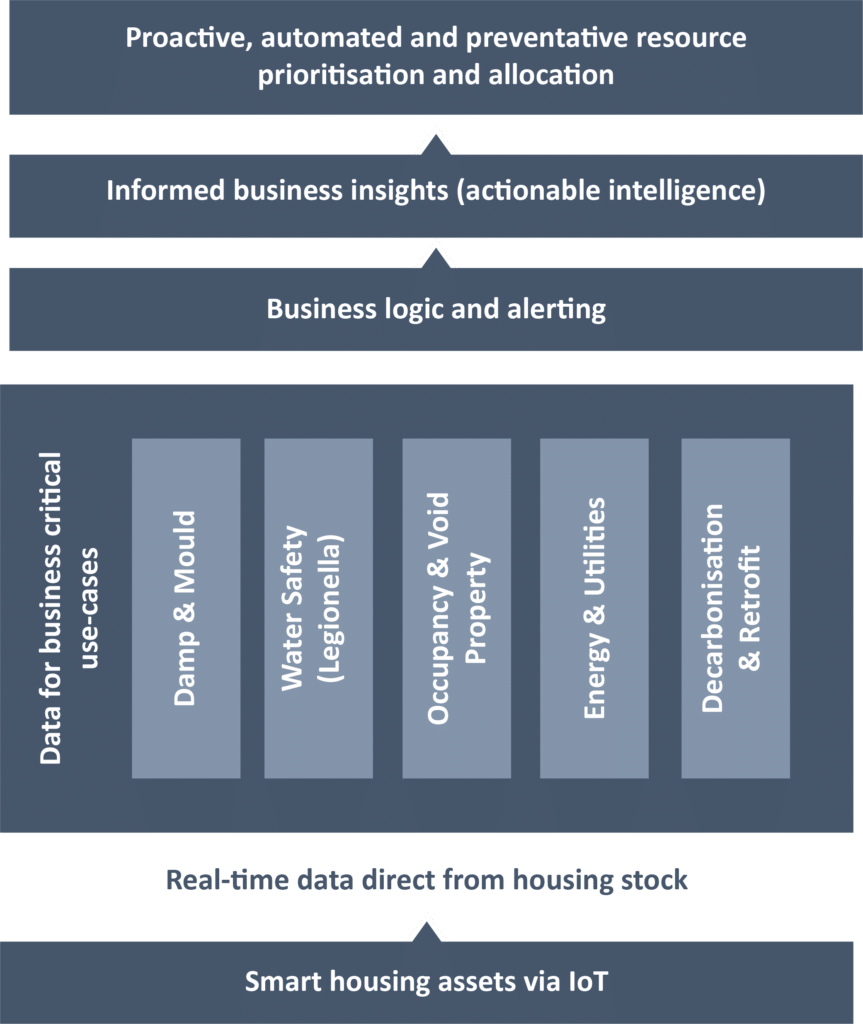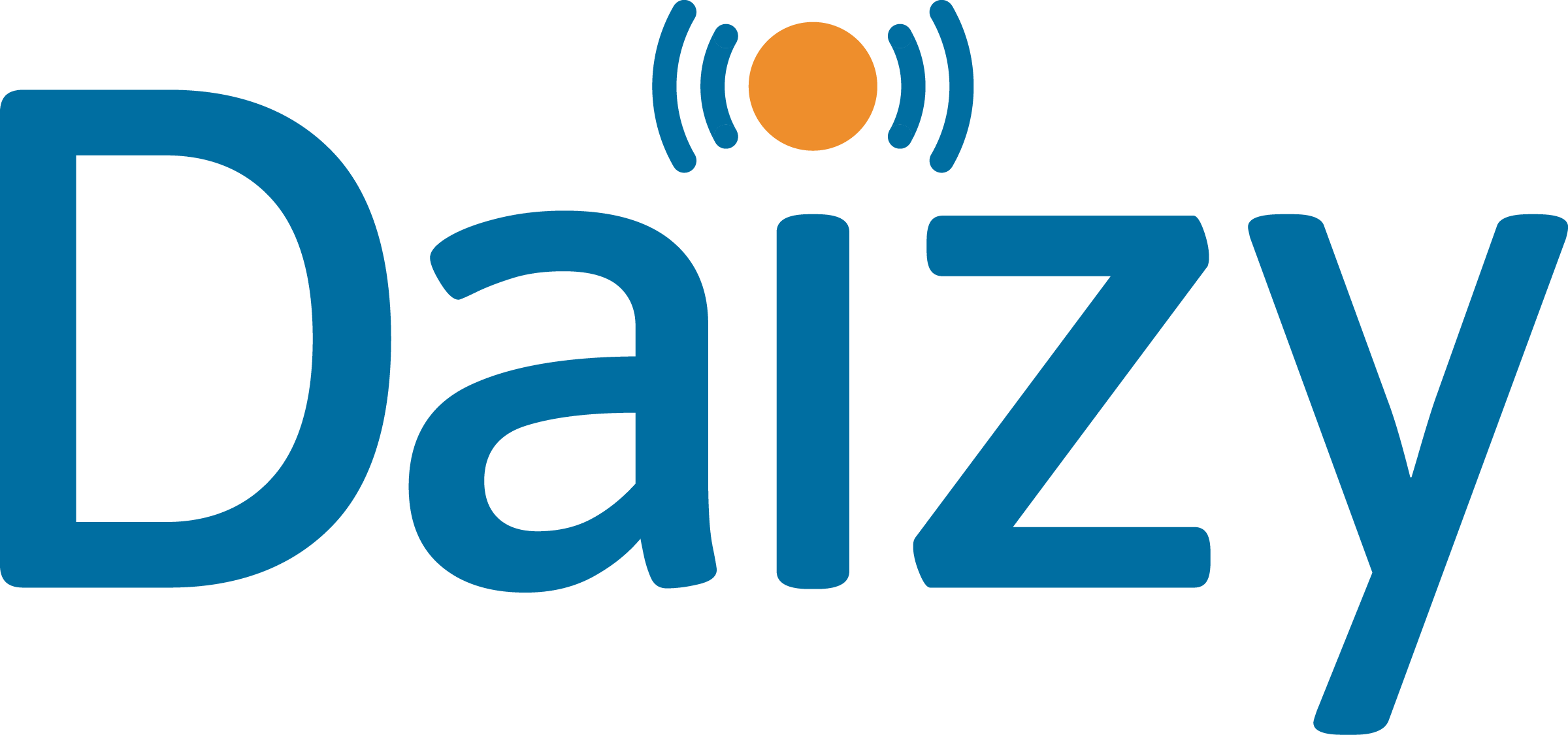It would be fair to say that right now Social Housing organisations are experiencing significant pressures on their ability to maintain standards. Ageing stock, increasing regulation and a cost of living crisis to name just a few. And all of this at a time of high inflation, stagnating budgets and full employment.

Against this backdrop, the role of the housing association in providing a safe warm environment for the most vulnerable of our society seems like an impossible task, but it doesn’t have to be.
Daizy CEO David Ffoulkes-Jones takes a look at why now is the time for digital transformation in the social housing sector.
The time for digital transformation is now
It was exactly this kind of challenge that provided the motivation to create Daizy. It is clear to me that the most effective route out of this seemingly impossible challenge is through technological transformation. And, with the Social Housing sector at breaking point, now has to be the time for change.
Change must enable the housing sector to become more effective, while remaining within their existing budgetary and resource constraints. So, instead of expecting the workforce to do more with less, digital transformation enables organisations to automate activities that would otherwise require human intervention to complete. This then frees up the workforce to focus on a prioritised list of activities, safe in the knowledge that they are delivering the impactful work.

Digital transformation has delivered huge benefits in other sectors, and in Social Housing it seems there are many opportunities for automation using proven technology. In addition to automation, there are also many technological capabilities that can aid in the prioritisation of the workforce and the delivery of their duties. So, what is the first step on this journey?
Putting data at the centre of change
For Social housing organisations, the value of data in running their operations is often well understood, and many are already capturing and working with multiple sources of data from across their business.
Unfortunately, such are the limitations of many of the Business Support Systems in use in the Social Housing sector, data remains siloed, severely limiting its ability to support decision making. I will come back to this shortly.

But perhaps even more importantly, there is a critical stream of data missing from the BI tools of many Social Housing teams which, when combined with other business intelligence, could truly revolutionise decision making and prioritisation across the organisation.
A smarter approach with smart assets
If you could reduce your spend because the housing assets under your management could tell you information about themselves on the fly; which assets would you listen to and what would you want them to tell you?
With IoT technology, the possibilities for gathering intelligence from physical assets in a social housing organisation could profoundly change ways of working. Here are a few examples of how making assets smart can drive significant efficiency and effectiveness through data capture and automation:
Automated Legionella Testing
Only react to anomalies
Automated Fire Safety
Knowing fire doors are accessible, closed and working according to regulations
Damp and Mould
Proactively identifying which homes are suffering or at risk
Heating performance
Monitoring the performance of boilers and heating
Housing Performance
Understanding water and energy usage to drive decarbonisation, fix leaks, and educate on efficient consumption
Tenant Wellbeing
Identifying risks and well-being issues for the most vulnerable tenants
These are proven solutions, available today, and are not only more cost effective, but often more performant than existing human based approaches. Critically, these solutions free up resource that would otherwise be wasting time collecting this data, allowing them to focus on proactive and preventative activities.
The outcomes are better for the tenant, better for the housing association, better for the employees.
So, if all of this has already been done and proven, why is there a lack of scale in this market and what is causing an apparent reticence in adopting a technology first approach? This brings me back to the siloed data issue and the massive friction it causes when Social Housing organisations embark on a digital transformation journey.
Siloed data = siloed operations
Most of the solutions and applications already adopted in the Social Housing sector tend to be promoted as independent capabilities. These solutions are output focused, perhaps delivering a positive legionella test, or a damp and mould alert. To realise maximum benefit, this capability has to be blended with other data that will allow for effective prioritisation. But here comes the sting in the tail – this additional data is normally held within the HMS and other business support systems (BSS) operated by the Housing Association.
To illustrate the challenge that this presents, let’s take a look at the growing problem of damp and mould:
| Objectives | Current way of working | Future way of working |
| 1. Know which properties are most at risk or indeed are already suffering from damp and mould | Reactive to complaints from tenants. | Ongoing monitoring across entire housing stock provides the earliest possible indication of a damp and mould problem. |
| 2. Identify the highest priority properties | Damp and mould monitoring data is combined with energy monitoring and tenant information to identify tenant who are most at risk of health issues from damp and mould, or properties which are likely to be the most severely impacted. | |
| 3. Assign tasks and dispatch teams to undertake remedial works | Automated task assignment based on derived business intelligence to ensure most at risk tenant and properties are targeted first. |
The challenge is that, without access to the data provided by IoT monitoring solution, existing BSS and HMS tools are not integrating IoT into their solutions, so they only ever know half the story.
Until the existing BSS providers offer an integration point for IoT, I believe the benefits of technology in the housing sector will be limited, and the friction for change too high. There will be little to no pooling of data to build a data asset that can be used to fine tune workflows, and automate other tenant engagements. There will be limited to no reprioritisation of work force so the resource crunch will continue and the challenges we face today will continue into the future.
The solution framework is remarkably clear:

The irony is that IoT presents a huge opportunity for BSS and HMS providers, and, with tools like Daizy, the investment is tiny in comparison to the benefits for everyone involved, not least of which is the tenants, who, at the end of the day, we’re all here to help.
Do you work for a House Association or one of their providers? What do you think the barriers are to digital transformation? Do you agree, disagree or want to learn more? I’d love to discuss this with you – please get in touch.

